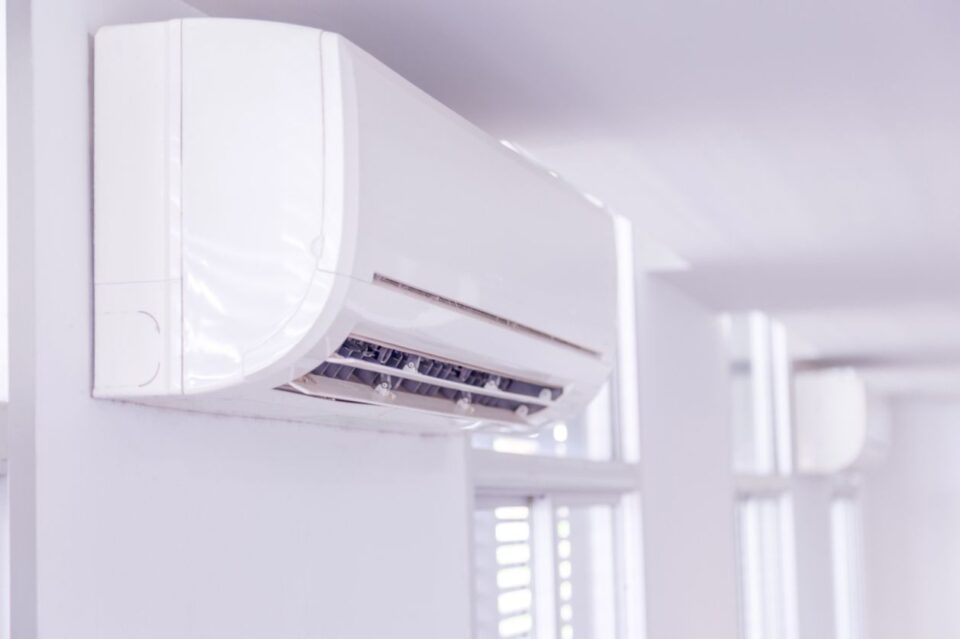City of Chicago Adopts New ‘Cooling Ordinance’: What Do Chicago Community Associations Need to Know?
Date
April 3, 2024
Read Time
3 minutes
Share

This article was originally published on June 29, 2022.
The May 1, 2024 deadline for certain Chicago residential buildings to install permanent equipment for a cooling space under the City of Chicago Cooling Ordinance is approaching. Below is information on the Cooling Ordinance, including whether it applies to your community association building and what it requires.
On June 22, 2022, the City of Chicago adopted a new ordinance commonly referred to as the “Cooling Ordinance”. The Cooling Ordinance modifies the cooling requirements for certain residential buildings, which does include condominium and community associations as well as residential cooperative high-rises that meet the building criteria discussed below. Per a press release from Mayor Lightfoot’s office issued on June 22, 2022 (available here), the purpose of the Cooling Ordinance is to “modernize the city’s heating and cooling ordinance and better account for extreme weather events.” The Cooling Ordinance was adopted on the heels of a heatwave in May of 2022 that resulted in the deaths of three residents of a senior living facility in Chicago.
What Does the Cooling Ordinance Require?
Per the Cooling Ordinance, certain residential buildings must maintain “at least” one (1) indoor common area “cooling space” that is accessible to all residents when the heat index exceeds 80°F and the “cooling and dehumidification system is not available in each dwelling unit”.
Note 1: There is no requirement to maintain a “cooling space” if (a) the heat index is at or below 80°F; or (b) the cooling and dehumidification system is available in each dwelling unit. Maintaining more than one “cooling space” is not required, but may be prudent based on the specific facts and circumstances, such as the size/capacity of the “cooling space”, number of residents in the building, etc.
Does the “Cooling Space” Requirement Apply to My Building?
The “cooling space” requirement applies to residential buildings in Chicago that (i) are over 80 feet tall; or (ii) have more than 100 dwelling units. This includes condominium and community association buildings.
What Are the Requirements for the “Cooling Space”?
The “cooling space” must have “cooling and dehumidification equipment capable of maintaining a room temperature of 75°F (24°C) and 50 percent relative humidity” (i.e., air conditioning) when the outdoor temperature is 92°F (33°C) and the mean coincident wet bulb temperature is 74°F (23°C).” An air-conditioned hospitality/meeting room or other single common area of a building can be designated as the “cooling space” to comply with the Cooling Ordinance (so long as temperature and relative humidity requirements are met). Notably, the Cooling Ordinance does not specify a minimum size for the cooling space; it merely requires a designated “cooling space” for residents to find relief from extreme heat.
What is the Deadline for Compliance?
The Cooling Ordinance requires installation of temporary equipment for the “cooling space” by July 1, 2022, and permanent equipment for the “cooling space” by May 1, 2024.
What About Buildings with Two-Pipe Central Heating and Cooling Systems?
The “cooling space” requirement could pose a challenge for buildings with a two-pipe central heating and cooling system since it takes time for a two-pipe system to switch from heating to cooling or cooling to heating (i.e., the two-pipe system cannot simultaneously provide heating and cooling). During transition period between the heating and cooling seasons (i.e., Spring and Fall), temperatures will vary greatly from day to day or even hour to hour, such that the building requires heat in the morning and cooling in the afternoon. If heat and humidity surge and the building has not yet switched the two-pipe system to cooling, the “cooling space” may have difficulty meeting the standard set by the Cooling Ordinance. It is therefore recommended that buildings with a two-pipe central heating and cooling system consider installing a separate air conditioning system for a designated “cooling space” to ensure compliance with the Cooling Ordinance if there are wide swings in temperature in Spring and Fall. Doing so will ensure compliance with the Cooling Ordinance while also protecting the health and safety of residents during extreme heat.
LP is committed to keeping our community association clients informed of, and prepared to proactively and successfully navigate, any changes in the law. For questions regarding the Cooling Ordinance or other issues facing your condominium or community association, please contact Howard Dakoff, Laura Marinelli, Adam Kahn, or Molly Mackey of LP’s Community Association Group.
Filed under: Community Association
Related insights
March 05, 2025
Treasury Department Announces Suspension of the Corporate Transparency Act, Exemption for U.S. Citizens and Domestic Reporting Companies: What Do Community Associations Need To Know?
Read MoreFebruary 19, 2025